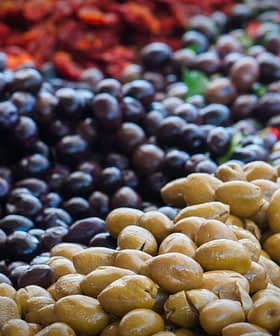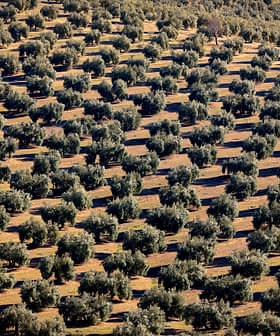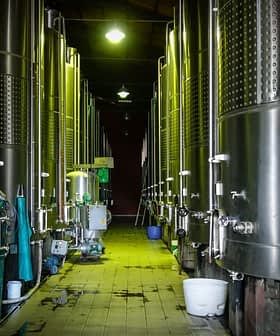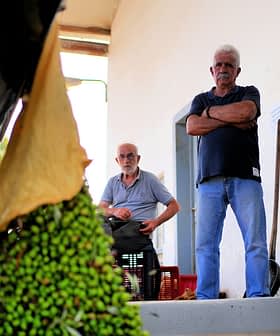In Spain, Household Olive Oil Sales Fall While Overall Consumption Rises
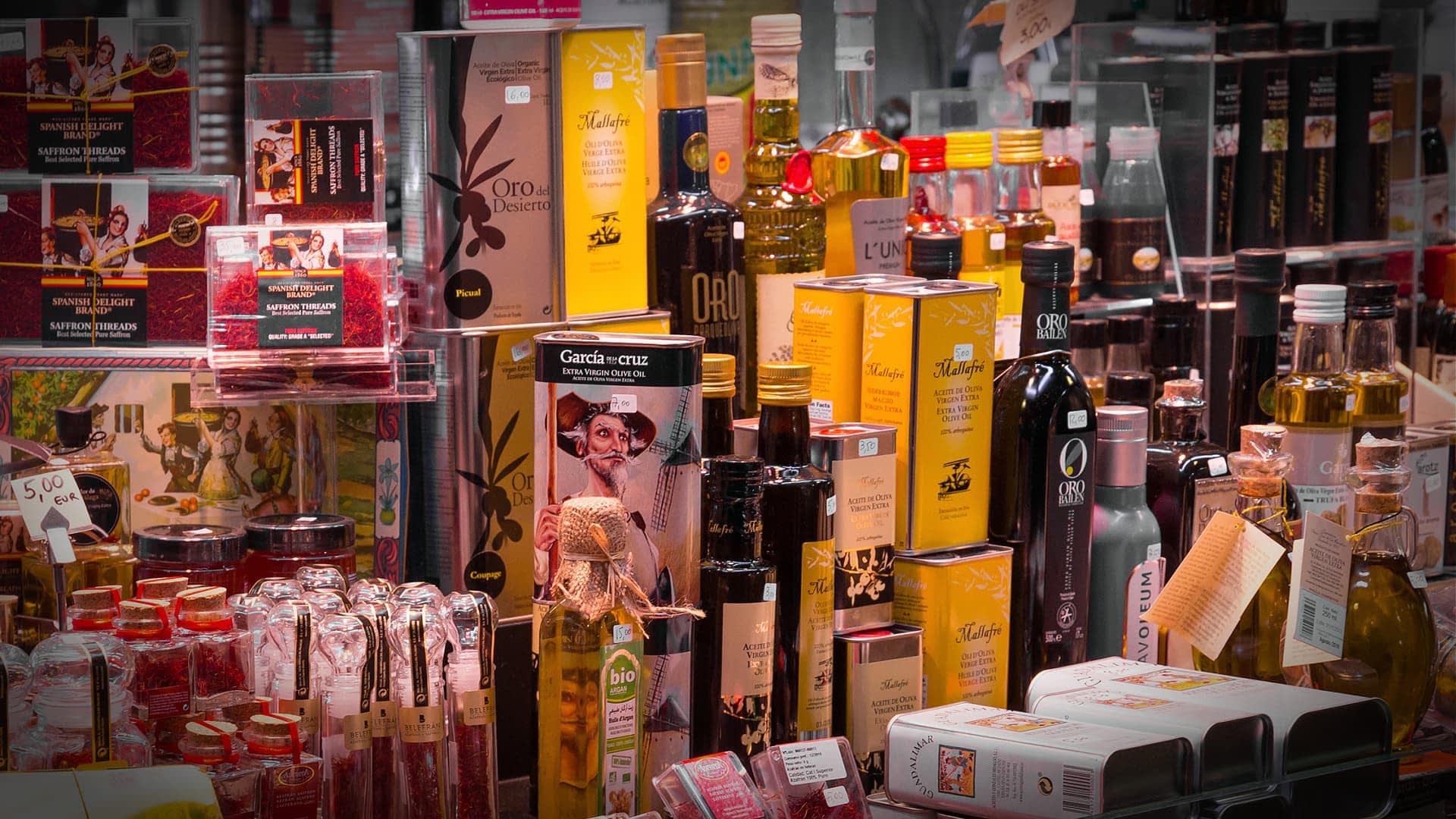
Household olive oil purchases in Spain have decreased slightly in the first 10 months of 2022, while overall olive oil consumption in the country has slightly increased. The drop in household demand is attributed to inflation and rising prices, while the increase in overall consumption is linked to the reopening of the hospitality sector following pandemic-related restrictions.
Household olive oil purchases in Spain have fallen slightly in the first 10 months of 2022 compared to the same period last year, while olive oil consumption in the world’s largest producing country slightly increased.
The seemingly contradictory findings demonstrate the extraordinary economic situation in Western Europe caused by the quick succession of the Covid-19 pandemic followed by the Russian invasion of Ukraine and its macroeconomic consequences.
See Also:Olive Oil Aisles Result in Superior Supermarket SalesAccording to the latest data from the Spanish Ministry of Agriculture, Fisheries and Food, olive oil sales to individual households fell 11 percent in 12 month period ending in August 2022, compared to the same period last year.
While the ministry’s data only includes the first eight months of 2022, separate research conducted in more than 300 supermarkets across Spain by Juan Vilar Strategic Consultants and Grupo Almacén, a supermarket chain, also concluded that olive oil sales to households have fallen.
Due to the price of inputs, the drop in supply and the geopolitical situation, we are experiencing unprecedented situations in the field of costs… therefore all of this is manifesting a clear drop in demand.
The research found that middle-income households had the most significant decrease in olive oil consumption.
Investigating by grade, virgin olive oil sales to households in the first 10 months of the year fell by 3.5 percent compared to the same period in 2021. Sales to households of extra virgin olive oils fell by 4.5 percent.
Meanwhile, blends of virgin and non-virgin olive oils, known in Spain as intenso for mixtures that are more virgin than non-virgin and suave for the opposite, fell by more than 10 percent and slightly less than 10 percent, respectively.
The only exception came for sales of olive oil in containers larger than five liters, which experienced a 12-percent increase in demand as consumers who could afford to bought in bulk.
Despite the drop in sales by volume, the ministry found that sales by value increased by 21 percent in the same period as a result of the significant rise in prices. According to Spain’s National Institute of Statistics (INE), olive oil prices increased by 15.7 percent in the 12 months ending in October 2022.
Across the rest of the food industry in Spain, new data from INE found that consumers reduced their spending on food by 2.8 percent, the largest decrease of its kind in nearly a decade.
Juan Vilar, a strategic consultant for the olive oil sector, told Olive Oil Times that reduced household demand for olive oil was likely caused by inflation.
According to European Commission data, Spain’s annual inflation rate is among the lowest in the E.U. at 6.6 percent and has fallen significantly since hitting double digits over the summer.
In terms of inflation’s effect on olive oil prices, Vilar cited the increased costs of diesel, water for irrigation and fertilizer, each of which has risen by about 20 percent. He added that some phytosanitary products have doubled in price.
“Due to the price of inputs, the drop in supply and the geopolitical situation, we are experiencing unprecedented situations in the field of costs, which is being transferred to prices, and therefore all of this is manifesting a clear drop in demand,” he said.
“A gradual fall would return the situation to an initial point, but you have to take into account the scarcity effect; that is, due to the drought and geopolitical tension, this would not clearly return to its equilibrium point,” he added.
However, Antonio Martínez Sánchez, a spokesman for the Interprofessional Association of Spanish Olive Oil, told Olive Oil Times that olive oil consumption was rising in Spain.
“The crop year closed in Spain with an estimated domestic consumption of 542,900 tons, 4.5 percent more than in the previous season,” he said.
Data from the National Association of Industrial Packers and Refiners of Edible Oils (Anierac) backed up the interprofessional.
Primitive Fernández, the association’s director, said its members sold 261 million liters of olive oil in the first 10 months of the year, 1.7 percent more than the same period in 2021.
He added that sales of extra virgin olive oil were 3.6 percent higher in the first 10 months of 2022 than in the same period last year, while virgin olive oil sales had increased by 5.4 percent.
Martínez suggested that this data indicates a rebound in domestic olive oil sales. Data from the ministry also pointed to a slight revival, with olive oil purchases by households rising by 2.1 percent in August 2022 relative to July 2022, which reversed a four-month trend of steady declines.
However, Vilar and his research point to a different reason for the divergent trends. He found that the re-opening of Spain for tourism and the end of pandemic-related lockdowns resulted in a surge of consumption from the hospitality sector.
The combination of restaurants, hotels and catering accounted for about 22 percent of total olive oil consumption in Spain before the pandemic. However, travel restrictions and domestic lockdowns resulted in the share of olive oil consumption by restaurants and hospitality falling to just 6 percent in 2021.
Since then, Juan Vilar’s research showed that olive oil consumption in the hospitality sector has roared back, increasing by 430 percent in 2021 and showing signs of continuing to rise. The resurgence of hospitality has undoubtedly buoyed overall Spanish olive oil consumption.
While past performance is not indicative of future results, consumers across Europe are expected to continue feeling the pinch of inflation throughout the winter.
However, whether olive oil sales to households and overall olive oil consumption continue to diverge or fall back in line remains to be seen.


